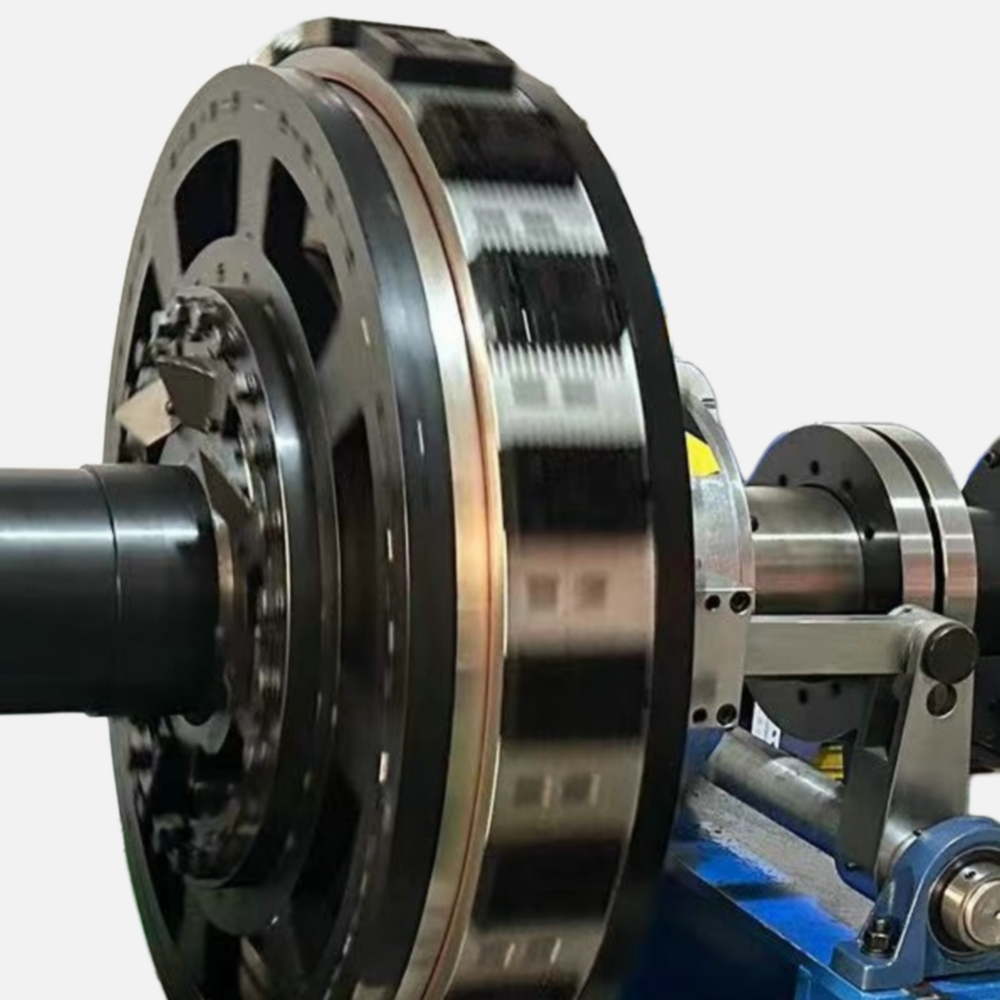Unveiling the Diverse Dimensions of Assembly Work: A Comprehensive Overview
2 min readAssembly work is a fundamental aspect of various industries, encompassing a wide range of tasks and processes. From manufacturing and construction to electronics and automotive sectors, assembly work plays a crucial role in bringing together individual components to create a final product. In this blog post, we will explore the different types of assembly work, highlighting their significance and providing insights into their applications across industries.
- Manual Assembly:
Manual assembly involves the use of human labor to assemble components. Skilled workers meticulously follow assembly instructions, utilizing hand tools, fixtures, and jigs to ensure precise fitting and alignment. This type of assembly work is commonly found in industries such as furniture manufacturing, jewelry making, and small-scale electronics assembly. - Automated Assembly:
Automated assembly utilizes machinery and robotics to perform assembly tasks. This type of assembly work is prevalent in industries where high volumes of products need to be assembled quickly and accurately. Automated assembly systems can handle repetitive tasks with exceptional precision, reducing human error and increasing production efficiency. Industries such as automotive manufacturing, electronics production, and pharmaceutical packaging heavily rely on automated assembly processes. - Semi-Automated Assembly:
Semi-automated assembly combines the advantages of both manual and automated assembly. It involves the use of machinery and tools to assist human operators in performing assembly tasks. This type of assembly work is commonly seen in industries where certain steps require human dexterity or decision-making. For example, in the aerospace industry, semi-automated assembly is used to assemble intricate components that demand a high level of precision. - Lean Assembly:
Lean assembly is a philosophy that aims to eliminate waste and optimize efficiency in the assembly process. It focuses on streamlining operations, reducing unnecessary movements, and maximizing value-added activities. By implementing lean assembly principles, industries can minimize costs, improve productivity, and enhance overall quality. Lean assembly techniques are widely adopted in industries such as automotive manufacturing, electronics assembly, and consumer goods production. - Modular Assembly:
Modular assembly involves the creation of pre-fabricated modules or sub-assemblies that can be easily integrated into the final product. This approach allows for efficient production, as different modules can be simultaneously assembled and tested before final integration. Industries such as construction, shipbuilding, and modular furniture manufacturing benefit from modular assembly techniques, enabling faster project completion and improved quality control.
Conclusion:
Assembly work encompasses a diverse range of types and techniques, each tailored to specific industry requirements. From manual assembly to automated and lean assembly approaches, industries leverage these methods to optimize productivity, quality, and cost-effectiveness. Understanding the different dimensions of assembly work is crucial for professionals across various sectors, enabling them to make informed decisions and drive innovation in their respective fields.


